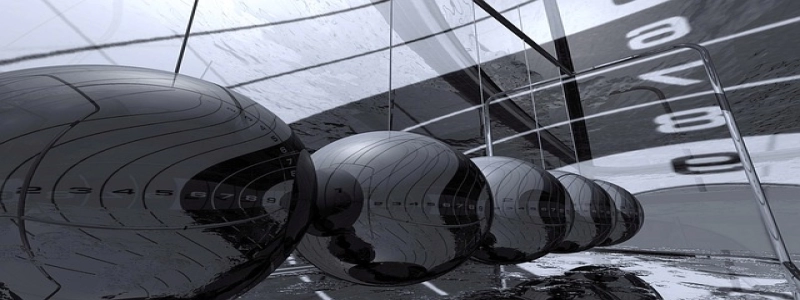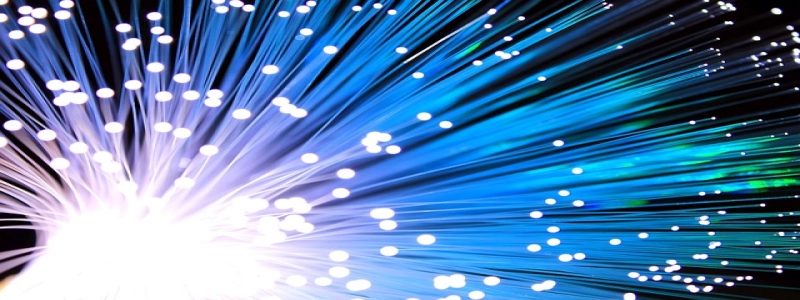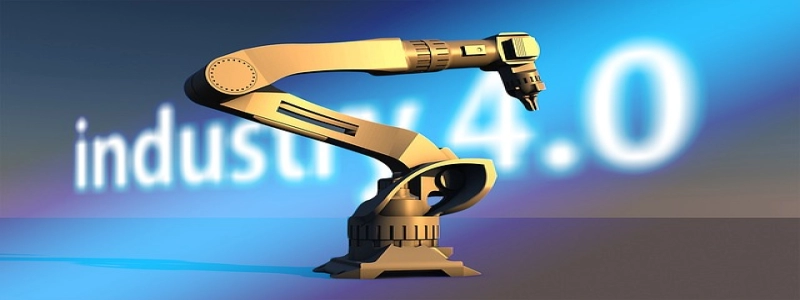[1. Introduction]
[2. What is SC Fiber Optic Cable?]
[3. Advantages of SC Fiber Optic Cable]
[4. Applications of SC Fiber Optic Cable]
[5. Installation of SC Fiber Optic Cable]
[6. Maintenance of SC Fiber Optic Cable]
[7. Conclusion]
1. Introduction:
Fiber optic cables are a crucial component in modern telecommunication systems. They transmit data through light signals, allowing for high-speed and long-distance communication. Among the various types of fiber optic cables available, the SC (Subscriber Connector) fiber optic cable stands out for its excellent performance and versatility. This article will delve into the features, advantages, applications, installation, and maintenance of SC fiber optic cables.
2. What is SC Fiber Optic Cable?
The SC fiber optic cable is one of the most widely used types of connectors for fiber optic systems. It features a push-pull latching mechanism, ensuring secure connections and easy installations. The SC connector has a rectangular shape and a single-mode or multimode fiber core that facilitates efficient transmission of light signals.
3. Advantages of SC Fiber Optic Cable:
The SC fiber optic cable offers several advantages over other types of connectors. Firstly, its push-pull latching mechanism allows for quick and effortless installation, making it ideal for applications that require frequent cable changes or upgrades. Secondly, the SC connector offers low insertion and return losses, ensuring a high level of signal integrity. Lastly, SC fiber optic cables are highly durable and resistant to dust, debris, and vibrations, making them suitable for harsh environmental conditions.
4. Applications of SC Fiber Optic Cable:
The versatility of SC fiber optic cables makes them suitable for a wide range of applications. They are commonly used in telecommunication networks, local area networks (LANs), data centers, and fiber-to-the-home (FTTH) installations. They are also used in industrial settings, such as oil and gas refineries and manufacturing plants, due to their ability to withstand extreme temperatures and harsh conditions.
5. Installation of SC Fiber Optic Cable:
Installing SC fiber optic cables requires careful planning and execution. Firstly, the cable should be handled with care to avoid any damage to the fiber core. The connector should be cleaned and inspected for any defects before installation. The cable can be easily connected to SC-compatible devices by aligning the connector with the port and pushing it in until it clicks into place. Testing the connectivity and performance of the cable is crucial to ensure optimal signal transmission.
6. Maintenance of SC Fiber Optic Cable:
Regular maintenance of SC fiber optic cables is essential to ensure their long-term performance. Inspecting the connectors for dirt, dust, or damage should be carried out regularly. Cleaning the connectors with specific tools and solutions is necessary to maintain optimal signal quality. Additionally, protecting the cables from excessive tension or bending and avoiding exposure to extreme temperatures or moisture are key factors in prolonging their lifespan.
7. Conclusion:
SC fiber optic cables play a vital role in modern telecommunication systems, providing high-speed and reliable data transmission. With their superior performance, easy installation, and durability, they are widely used in various applications. Proper installation and maintenance are crucial for maximizing their performance and longevity. As technology continues to advance, SC fiber optic cables will remain an essential tool in the evolution of communication networks.








